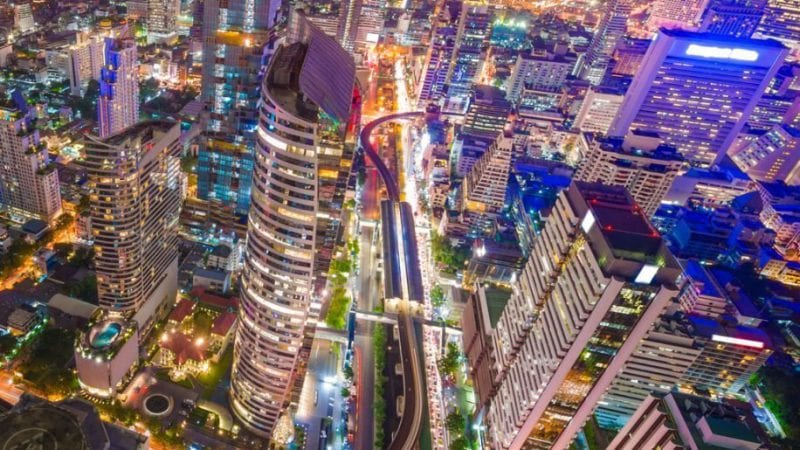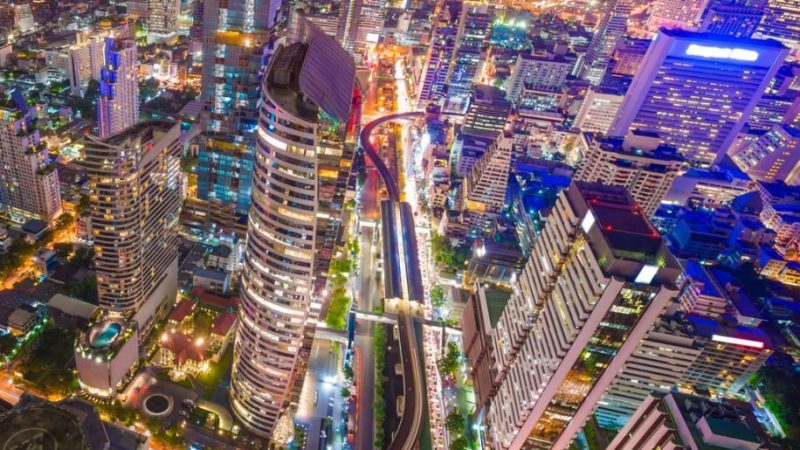Asia Pacific Borders May Not Reopen Until 2022
Authorities are unlikely to lift quarantine and testing restrictions even after the rollout of global vaccine programs
February 19, 2021


Authorities in Asia Pacific countries are not likely to reopen borders until at least 2022, according to a new report by travel analytics firm Cirum published by Flight Global.
Cirium predicts the current testing and quarantine restrictions in the regions are unlikely to be lifted even as the COVID-19 vaccine rolls out globally. The report company cites Thailand as an example of one country where authorities are taking a more cautious approach.
Thai authorities currently allow long-stay visitors, who are subject to a two-week quarantine and strict testing regime. In defense of the status quo, the government reportedly points to the lack of evidence that COVID-19 vaccines can fully eliminate transmissions.
Earlier this month, Dr. Anthony Fauci, director of the National Institute of Allergy and Infectious Diseases who is spearheading the US effort against the virus, was quoted as saying that, while vaccines are effective at preventing illness associated with COVID-19, the “looming question” was whether someone who is vaccinated could still transmit the disease to other individuals.
However at a more recent White House briefing this week, Fauci pointed to some preliminary studies which suggest that the vaccine may reduce the ‘viral load’ – the amount of virus the individual is carrying – which would in turn lower the risk of transmission. But Fauci cautioned that more research needed be done to confirm the results.
Australia and Singapore are also expected to extend border restrictions throughout 2021, even after local populations are vaccinated. Restrictions could be lifted depending on other countries’ progress.
Recovery in Asia-Pacific will be more complex than other regions, Cirum predicts.
“Compared to single markets like Europe and US, Asia-Pacific has a more fragmented market where international travel recovery would be slow given the unparalleled approach taken at different countries to control the risk from travel,” said Joanna Lu, head of consultancy Asia at Cirium.
On-again, off-again attempts have been made at creating travel corridors between high-traffic hubs such as Singapore and Hong Kong, but have met with limited success due to the persistent rise of COVID-19 case numbers.
“Travel bubbles could be established, but that would have limited impact overall. Domestic travel would still be the driver for a period of time.”




